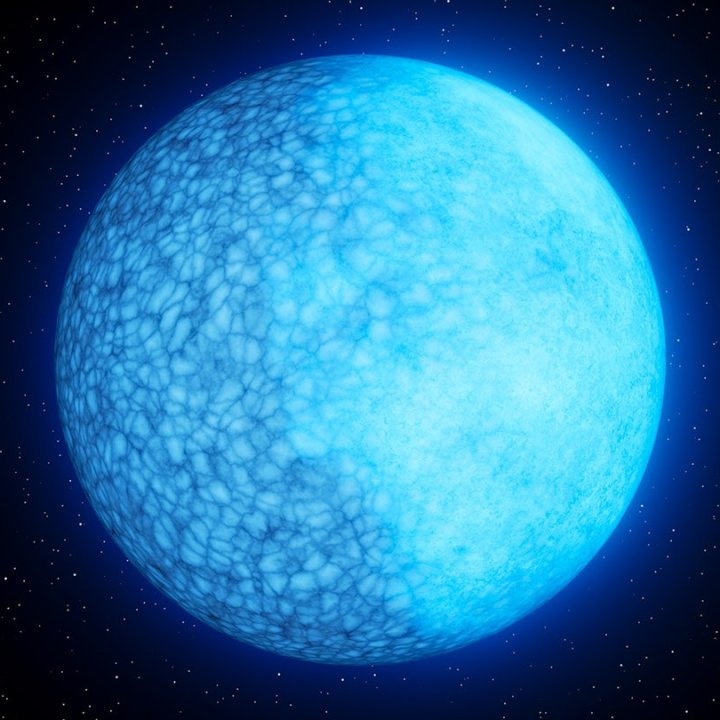In billions of years’ time, once our sun has used up all its fuel and puffed up to become a red giant before throwing off layers to form a planetary nebula, all that will remain at its heart is a dense core called a white dwarf. This fate will be shared by the large majority of stars in our galaxy, so these burnt-out cores are common, with the mass of the sun squeezed into a space the size of the Earth. Recently, though, astronomers discovered a very unusual example of a white dwarf: one which seems to have one side composed of hydrogen and the other side of helium.
The two-faced white dwarf has been nicknamed Janus, after the Roman deity with two faces, and was investigated using data from the Zwicky Transient Facility at Caltech’s Palomar Observatory in San Diego, and the W. M. Keck Observatory on Maunakea, Hawaiʻi. The object rotates on its axis every 15 minutes, allowing the researchers to see both of its sides.

“The surface of the white dwarf completely changes from one side to the other,” said lead researcher Ilaria Caiazzo of Caltech in a statement. “When I show the observations to people, they are blown away.”
The observations show the chemical identifications of hydrogen on one side with no helium, and helium on the other side with no hydrogen. The researchers believe this highly unusual phenomenon could be due to Janus going through an evolutionary phase particular to white dwarfs.
“Not all, but some white dwarfs transition from being hydrogen- to helium-dominated on their surface,” Caiazzo explained. “We might have possibly caught one such white dwarf in the act.”
However, why this evolution should be expressed in such a half-and-half manner requires more explanation. The researchers think that it could be related to the white dwarf’s magnetic fields, which could either be asymmetric or could change the pressure of gases in the atmosphere.
“Magnetic fields around cosmic bodies tend to be asymmetric, or stronger on one side,” Caiazzo said. “Magnetic fields can prevent the mixing of materials. So, if the magnetic field is stronger on one side, then that side would have less mixing and thus more hydrogen.”
To better understand this bizarre finding, the researchers aim to look for more objects like Janus as part of the Zwicky Transient Facility sky survey.
The research is published in the journal Nature.
Editors’ Recommendations
Services Marketplace – Listings, Bookings & Reviews